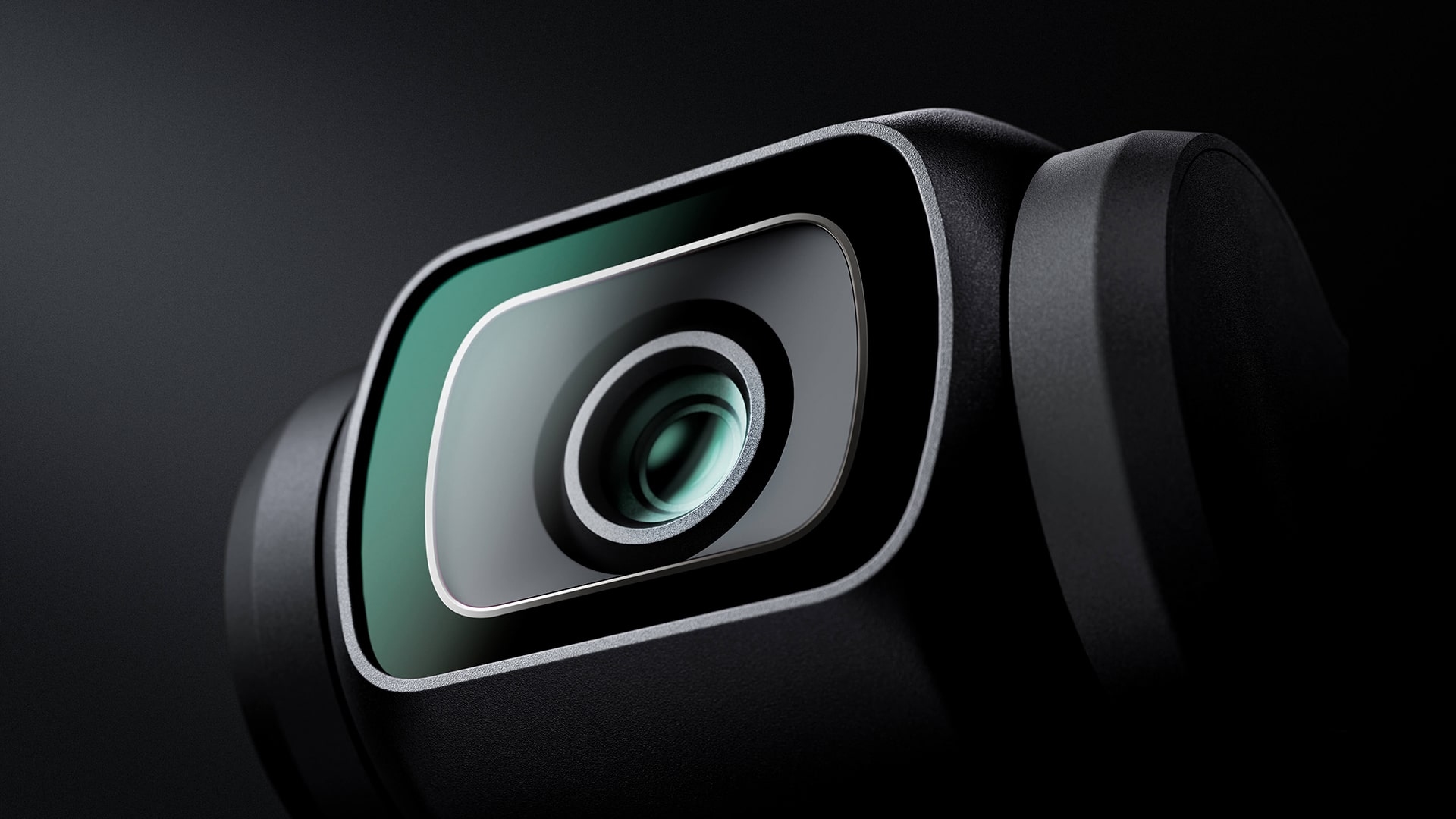DJI is preparing to release its first consumer-oriented 360-degree camera, the Osmo 360, in July, according to a source familiar with the matter.
The device received approval from the US Federal Communications Commission (FCC) in October 2024. Design schematics from the FCC filing indicate a symmetrical dual-lens layout and a more compact form factor than many competing models. It includes a built-in 1,950-milliampere-hour battery, equalling the capacity found in DJI’s Osmo Action 5 Pro.
Most 360-degree cameras currently use a vertical, stick-like design that can be unstable in motion-heavy environments. In contrast, images from the FCC filing suggest that DJI’s version has a flatter profile, which may make it easier to carry, store, and mount.
Though still a relatively small segment of the imaging industry, the 360-degree camera market is expanding. Research firm Frost & Sullivan projects that global retail sales in this category will grow from RMB 2.51 billion (USD 351.4 million) in 2017 to RMB 7.85 billion (USD 1.1 billion) by 2027, with a compound annual growth rate (CAGR) of over 10%.
DJI is entering the segment later than some competitors, including GoPro, but has seen growth in related categories. It launched the Osmo Pocket in 2018 and the Osmo Action in 2019. These products gradually gained traction, with the Osmo Pocket 3—released in 2023—notably appealing to entry-level creators by offering simplified shooting features and real-time video conversion.
As content creation continues to grow and short-form video evolves, demand for various types of imaging tools is increasing. This shift presents opportunities for camera makers that can offer user-friendly hardware and software combinations.
As the number of content creators grows and short-form video trends evolve, demand for various types of imaging equipment is expected to grow, representing an opportunity few hardware makers can afford to ignore.
The imaging hardware supply chain is relatively consolidated, with many manufacturers relying on the same top-tier component suppliers. As a result, product differentiation often depends more on brand perception, system integration, and user experience than on technical specifications alone.
DJI’s background in gimbal systems, developed through its drone products, informs its design approach for handheld imaging devices. The Osmo 360 appears to build on this foundation, aligning with the company’s existing product lineup rather than representing a major technical departure.
KrASIA Connection features translated and adapted content that was originally published by 36Kr. This article was written by Leslie Zhang for 36Kr.

